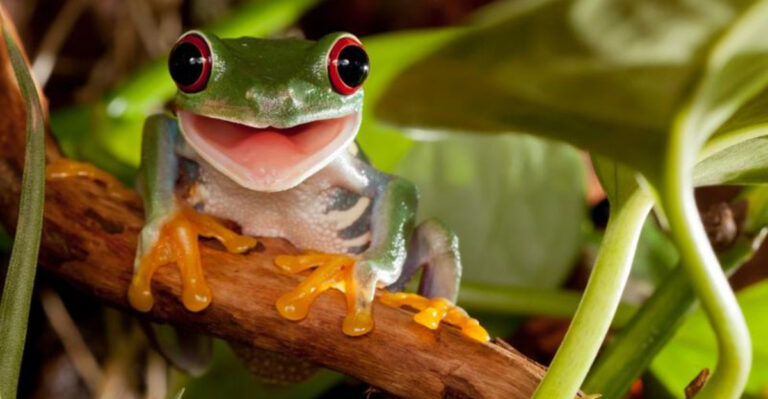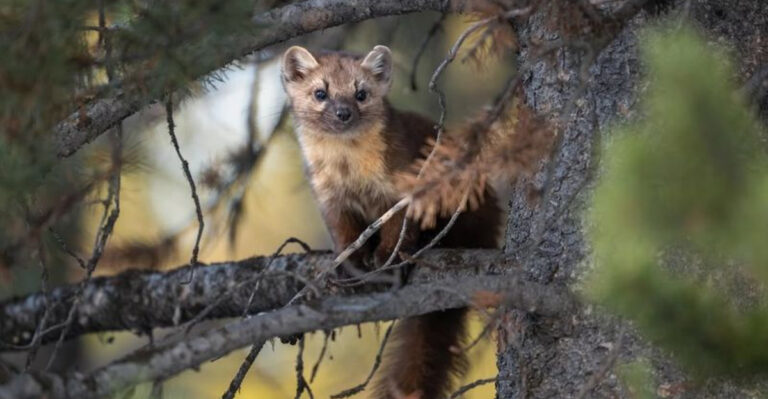7 Facts About The Newly Discovered Andean Mountain Cat (And 5 Reasons Scientists Are Excited)
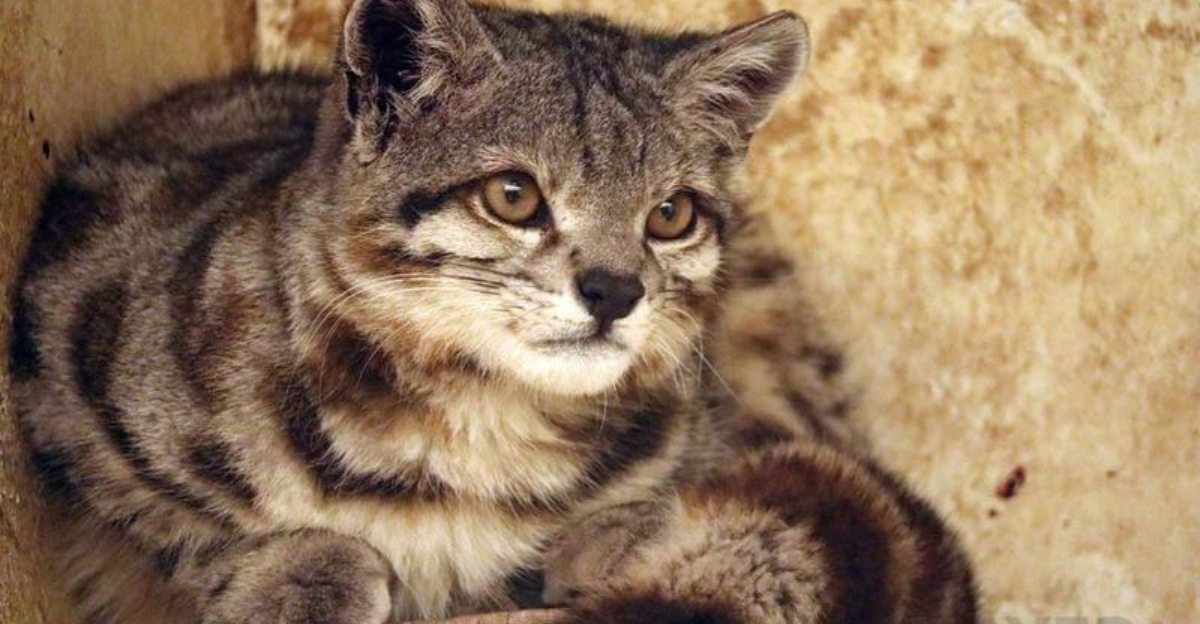
Hidden in the remote highlands of South America, a mysterious feline has captivated wildlife researchers worldwide.
The Andean Mountain Cat, one of the rarest wildcats on Earth, has recently been discovered in previously undocumented regions.
This elusive creature, perfectly adapted to harsh mountain environments, offers fascinating insights into high-altitude wildlife survival and evolution.
1. Snow Leopard’s South American Cousin
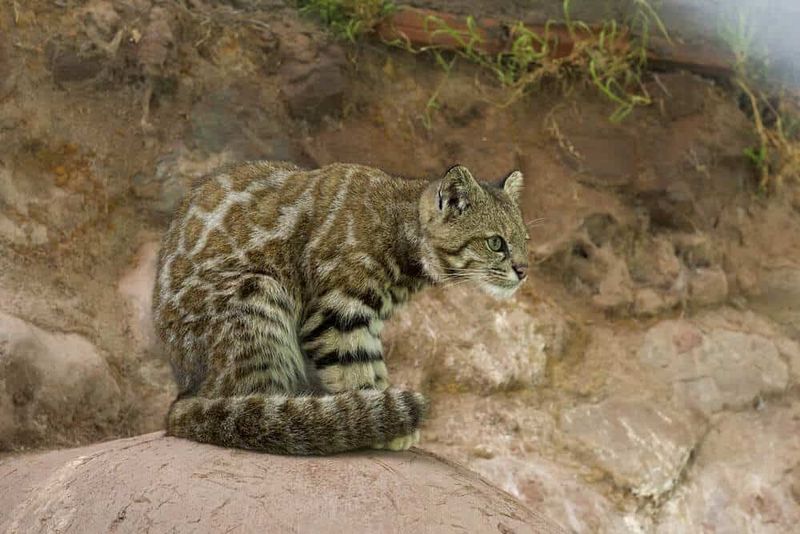
Sporting a thick silver-gray coat with distinctive brownish-yellow spots and stripes, the Andean Mountain Cat bears a striking resemblance to Asia’s snow leopard. This remarkable similarity occurred through convergent evolution rather than shared ancestry.
Both cats independently developed similar traits to survive in high-altitude, cold environments. Their thick fur, broad paws, and long tails evolved as adaptations to similar ecological niches on different continents.
2. Living On The Roof Of South America

These extraordinary felines make their home at breathtaking elevations of 3,000 to 5,000 meters above sea level. Few mammals can thrive in such harsh conditions with thin air, extreme temperature fluctuations, and scarce resources.
Their specialized physiology allows them to navigate steep, rocky terrain with exceptional agility. Researchers have documented them scaling near-vertical cliff faces that would challenge even experienced human climbers.
3. Masters Of Camouflage
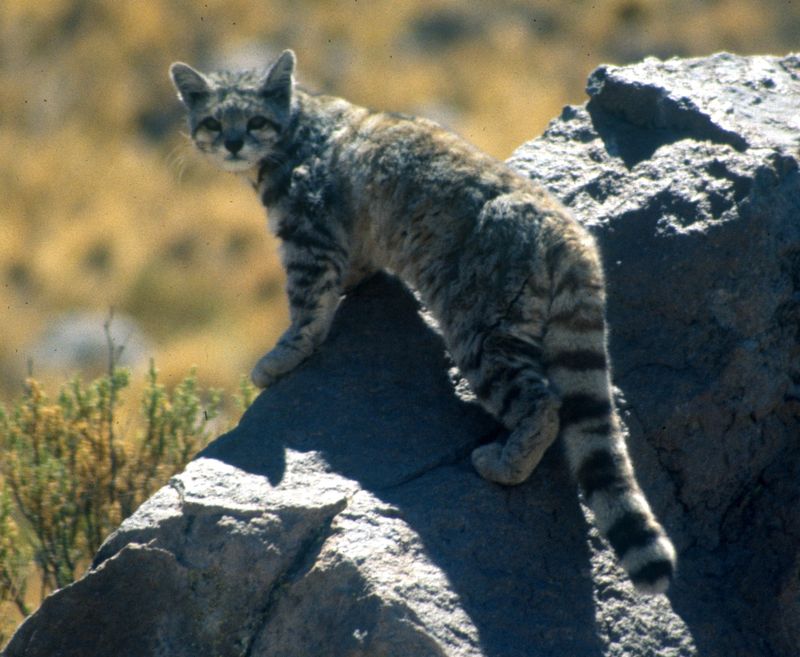
Evolution has gifted these cats with perfect camouflage for their rocky habitat. Their ash-colored fur with broken patterns helps them virtually disappear against the stones and scrubby vegetation of the Andean slopes.
Local shepherds often call them “ghost cats” because they can vanish into the landscape in seconds. This exceptional camouflage explains why the species remained largely undocumented until recent decades, despite inhabiting regions with human settlements.
4. Specialized Mountain Rat Hunters
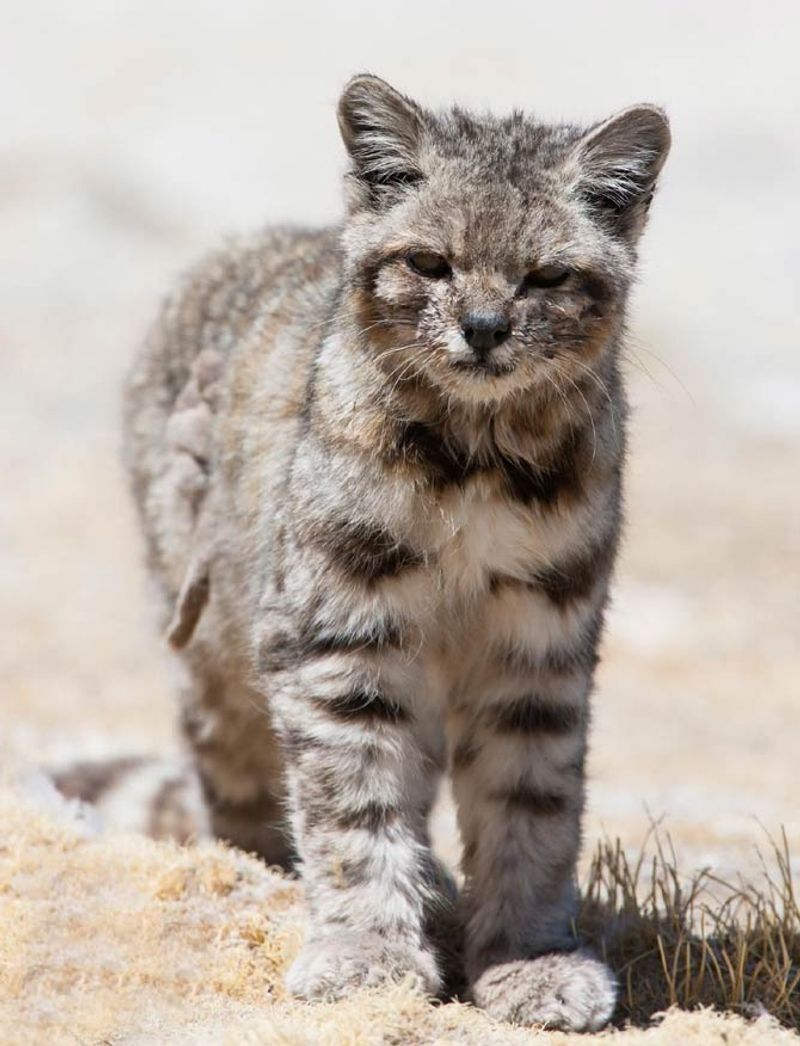
Mountain viscachas—rabbit-like rodents—make up nearly 70% of the Andean cat’s diet. These specialized predators have evolved hunting techniques specifically for capturing these agile prey on precarious mountain slopes.
Unlike many felines that hunt by ambush, Andean cats employ patience and stealth. They’ll often wait motionless for hours outside viscacha dens, timing their strikes perfectly when the rodents emerge to feed.
5. Sacred Status Among Indigenous Communities
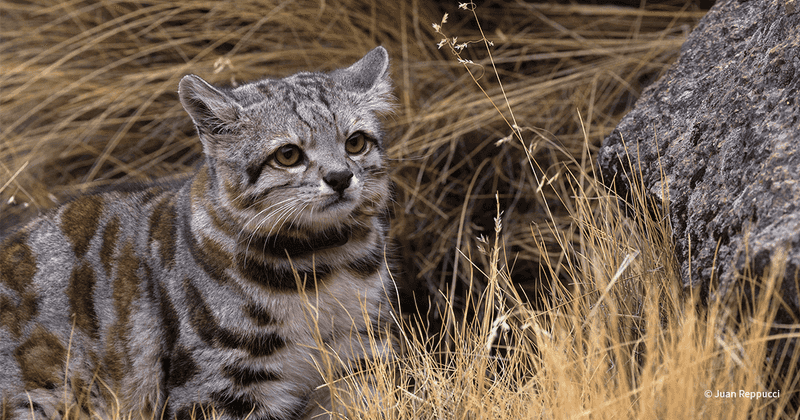
For centuries, Andean native peoples have revered these rare cats as spiritual beings. In some communities, they’re considered mountain guardians with supernatural powers to control weather and protect livestock.
Traditional ceremonies sometimes feature cat effigies or pelts. Modern conservation efforts now work with indigenous communities to maintain cultural practices while protecting living cats, replacing real pelts with replicas made from sustainable materials.
6. Fewer Than 2,500 Remain In The Wild
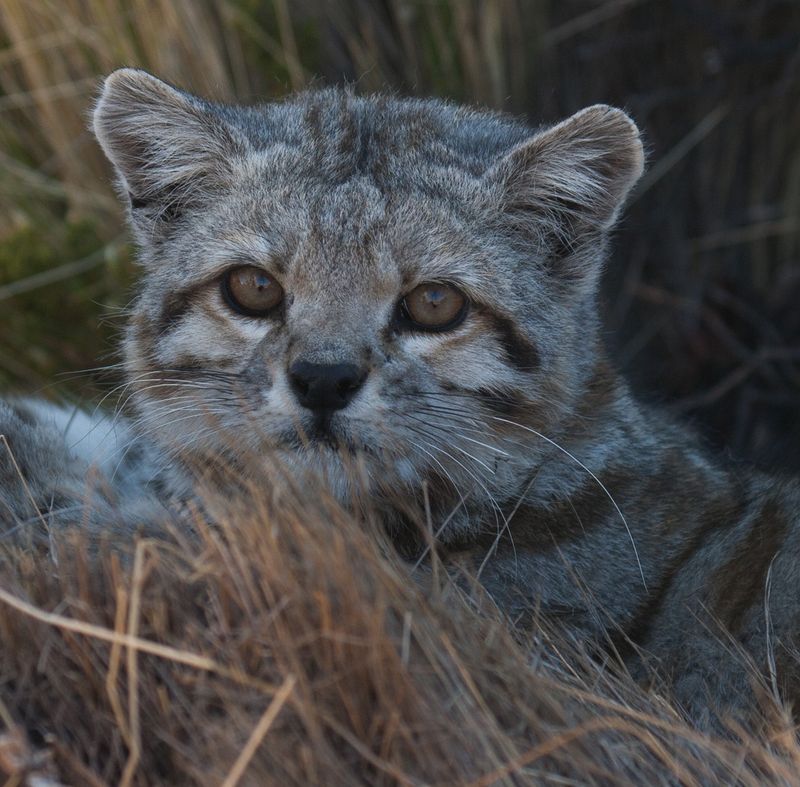
Scientists estimate fewer than 2,500 adult Andean Mountain Cats remain across their entire range. This places them among the world’s most endangered felines—rarer than tigers or snow leopards.
Their population is fragmented across isolated mountain ranges, creating genetic islands. Each regional population faces its own survival challenges, from mining development to climate change, making conservation particularly complex.
7. Remarkably Adapted Physiology
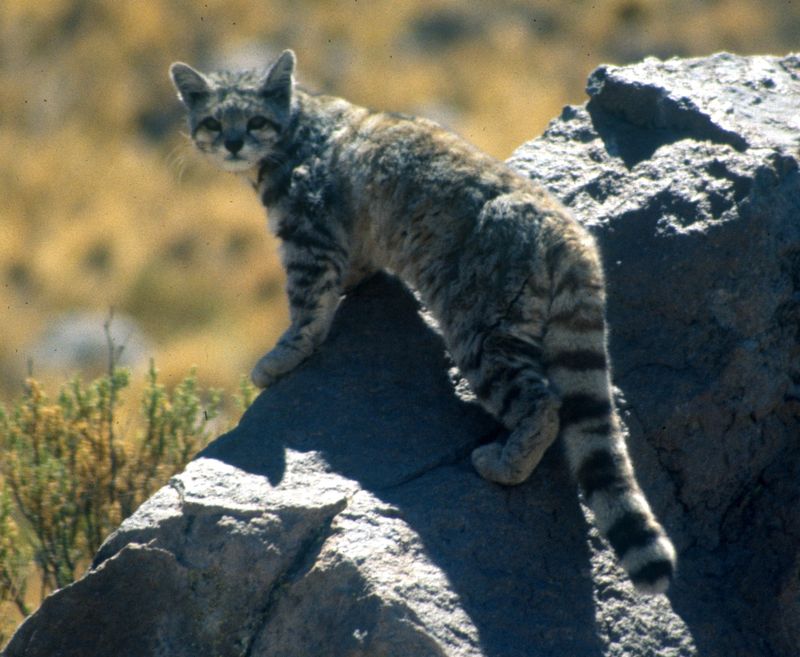
Their blood contains unusually high hemoglobin levels—an adaptation for oxygen-poor high altitudes. This specialized blood composition allows them to remain active in environments where humans would struggle to breathe.
Their extra-long tails serve as balancing tools and wrap around their bodies as insulation during sleep. Their enlarged nasal cavities help warm and humidify the thin mountain air before it reaches their lungs.
8. New Population Discovered In Unexpected Territory
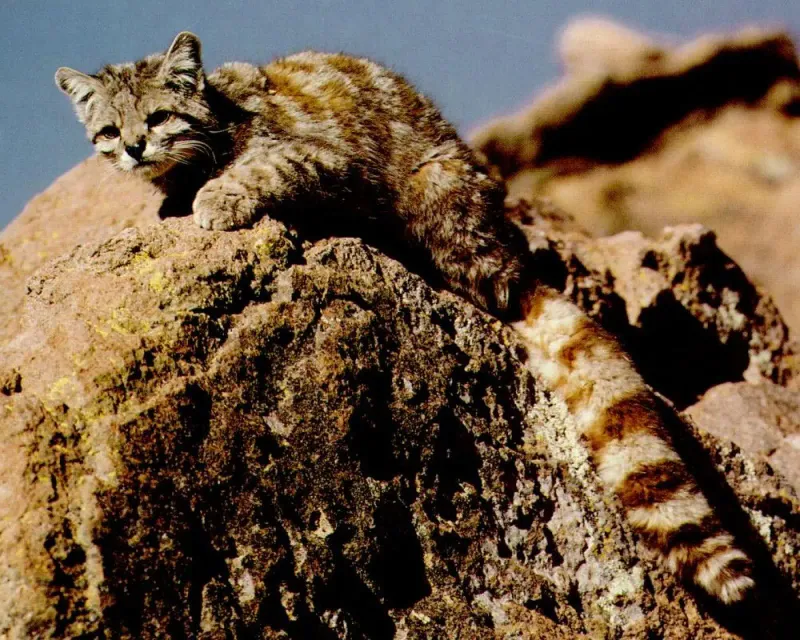
Wildlife cameras recently captured images of Andean cats in a previously undocumented region, expanding their known range by over 300 kilometers. This discovery suggests the species may be more adaptable than previously thought.
The newly documented population inhabits slightly lower elevations with different vegetation patterns. This finding challenges existing theories about their habitat requirements and offers new hope for conservation strategies.
9. Genetic Treasure Trove For Researchers
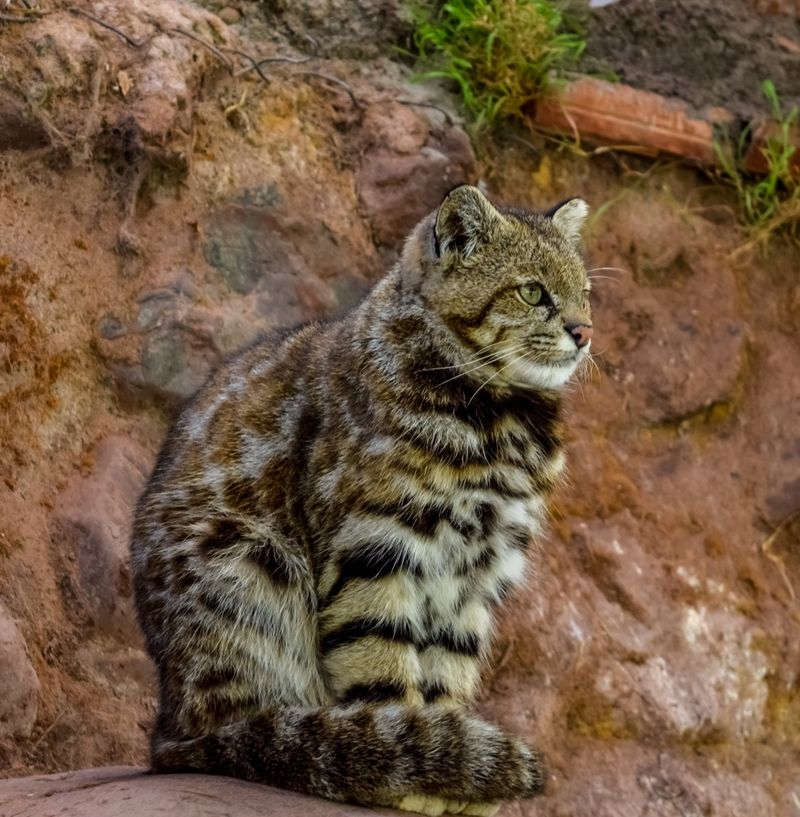
The cat’s DNA contains unique genetic adaptations for high-altitude survival that could revolutionize our understanding of how mammals adapt to extreme environments. Preliminary studies show novel gene expressions related to oxygen utilization and cold tolerance.
Medical researchers are particularly interested in these genetic adaptations. Understanding how these cats prevent altitude sickness could potentially help develop treatments for human conditions affecting oxygen absorption.
10. Climate Change Resilience Model
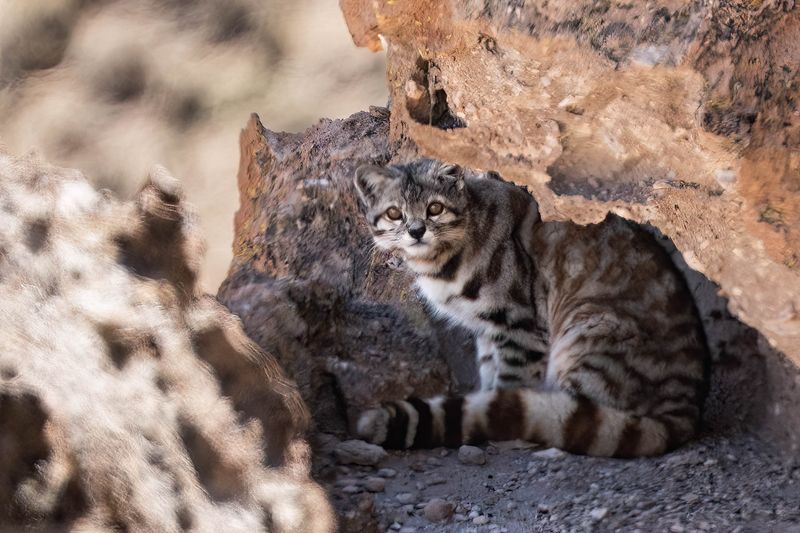
Scientists believe these cats might serve as indicators for climate resilience in mountain ecosystems. Their ability to survive in harsh conditions provides a natural case study for adaptation to changing environments.
Tracking their population health and behavioral changes offers insights into how wildlife responds to warming temperatures. Researchers are monitoring whether cats move to higher elevations as lower regions warm, potentially creating competition with other species.
11. Technological Breakthrough In Tracking

New miniaturized GPS collars specifically designed for these elusive cats have revolutionized research capabilities. Previous tracking attempts failed due to the cats’ small size and extreme habitat.
These specialized collars weigh less than 100 grams and include solar recharging capabilities for extended monitoring. The technology provides unprecedented data on movement patterns, territory size, and hunting behaviors that were previously impossible to observe.
12. International Conservation Collaboration

The cat’s discovery has sparked unprecedented cooperation between South American countries. Argentina, Bolivia, Chile and Peru have established the first-ever joint protection initiative specifically for this species.
This collaboration crosses political boundaries to create protected corridors allowing cats to move between isolated populations. The initiative represents a new model for international conservation, demonstrating how endangered species can unite countries around common environmental goals.



